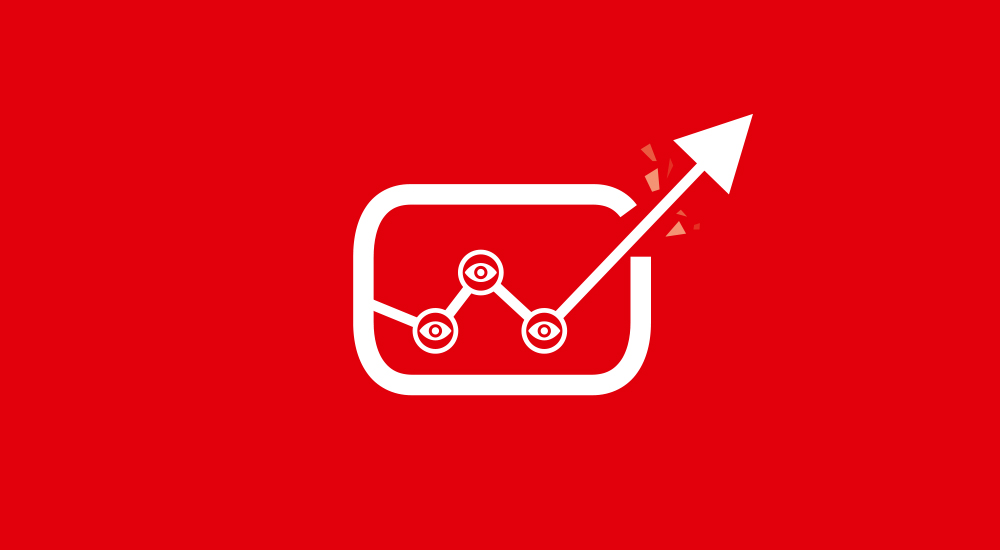One of the biggest mistakes one can make with Facebook ads is choosing a campaign objective that doesn’t align with their end goal. This puts the campaign at a disadvantage right from the start.
The objective you select conveys information to Facebook about your campaign goals and what action you want people to take after they’ve seen your ad. Based on this information, the algorithm will show your ads to the people in your target audience who are most likely to take that action. For example: If someone chooses Traffic objectives, Facebook will prioritize showing ads to people in the target audience who tends to click links.
Facebook users provide information about their habits, interests, and actions on a regular basis, and Facebook utilizes this information to target advertising to the most relevant people. Facebook understands what you want people to do when you set a campaign target. Hence, selecting the right campaign objective is very important.
Awareness Objectives
The two campaign objectives in the Awareness category—Brand Awareness and Reach—are designed to show your ad to the largest number of people in your target audience within your budget constraints. The major goal of these aims is to increase interest in your business by displaying your advertisement to a larger number of individuals. Awareness objectives aim to ensure that your advertising is seen by the most people in your target audience. As a result, clicks and engagement on ads with this goal are generally minimal as the main goal is visibility.
Brand Awareness:

The goal of the Brand Awareness campaign is to maximize impressions. This implies that your advertising will be seen by those who are most likely to remember your brand. The number of people Facebook believes would remember your ad if questioned within two days of seeing it will be displayed in Ads Manager as “estimated ad recall lift” statistics.
Reach:
In addition, the Reach objective optimizes your advertising for impressions. Facebook will show your ads to as many people in your target demographic as possible within your budget constraints. This is the goal for you if you want as many people to see your advertisement as possible without expecting them to take action right immediately.
Consideration Objectives
Traffic, Engagement, Video Views, Lead Generation, Messages, and App Installs are the six Consideration marketing objectives that optimize for a specific activity like link clicks or comments. Facebook will show your advertisements to those who are likely to perform the action you’ve chosen from your target demographic.
Traffic:
The Traffic campaign aims and optimizes link clicks or landing page views if your primary goal is to drive traffic to your website. Based on their prior behavior, Facebook will then show your advertisements to the people in your target demographic who are most likely to click your link.
Engagement:
The Engagement aim needs to be chosen if the primary purpose of your Facebook advertisements is to increase engagement. Your advertising will be shown to individuals in your target demographic who are most likely to interact with them. When setting up an ad with this objective, you can choose from three engagement type options:
1) Post Engagement
2) Page Likes
3) Event Response
App Install:
The App Install campaign objective is an excellent choice if you have an app and your primary goal is to boost downloads. The people in your audience who are most likely to install an app will see your advertising. When they click the ad, they’ll be sent straight to their app store, where they may download your software.
Video Views:

If you select the Video Views goal, Facebook will show your video ad to individuals in your target demographic who are most likely to view it. Video Views campaigns can help you build trust and awareness with a cold audience. One can create retargeting audiences based on the length of time people watched your video to take them further down your funnel.
Lead Generation:
One may use the Lead Generation goal to include a contact form in your Facebook ad. If you require additional information from the prospect, you may easily tweak the form to include extra qualifying questions. When someone clicks on your ad, they’ll be asked for information like their name, email address, and other contact information. Because most of this information is already kept on Facebook, the user may access it.
Messages:
The Messages campaign’s aim may be highly useful if your primary goal is to establish discussions with individuals via Messenger or Instagram Direct. Based on their past, Facebook will show your advertisements to individuals who are most likely to send you a message.
Conversion Objective
Conversions, Catalog Sales, and Store Traffic are three Facebook Conversion objectives that encourage individuals who are interested in your business to buy or utilize your product or service. These objectives are designed for higher-intent activities like purchases, and they require some prior preparation before they can be used.
Conversions:
Conversions are generally the ideal target to start with if your aim is to reach individuals who will take a certain action on your website, such as adding goods to a basket, signing up for your newsletter, or completing a purchase.
Catalog:
If you have a product-based business, you can utilize the Catalog Sales goal to display items to your target audience by creating a catalog on Facebook. These are known as dynamic product advertisements, and they allow you to display consumers a range of items in your ads or retarget visitors with specific products depending on their website behavior.
Store Traffic:
The Store Traffic goal may be particularly useful if you have numerous physical stores and want to increase foot traffic. Before you can utilize this goal, you’ll need to add all of your retail locations, as well as their hours of operation, to Facebook. People within a certain radius, which may be adjusted manually or automatically inside Facebook, will see advertising for the closest place.
Now that we have discussed all kinds of campaigns, it will be easy for you to pick the objective that’s most likely to help you reach your goal, whether it’s to generate traffic, increase sales, or initiate discussions, now that you know how each Facebook campaign objective works. The most important thing to know is that the goal you pick will have an impact on how Facebook delivers your advertisements and who sees them. Your campaign aim and optimization selections will determine the results you see in Ads Manager.
Consider experimenting with different marketing objectives to achieve the greatest results. Make sure you begin with the aim that is the most closely related to your ultimate goal. However, it is advised to outsource the advertisements to professionals as it would help you to reap better results
